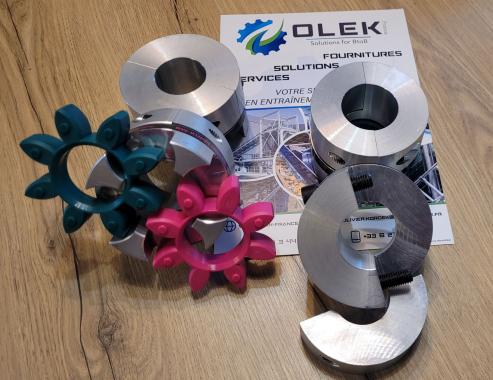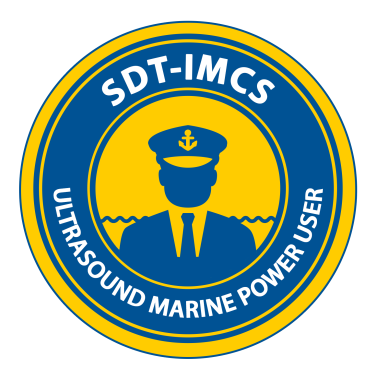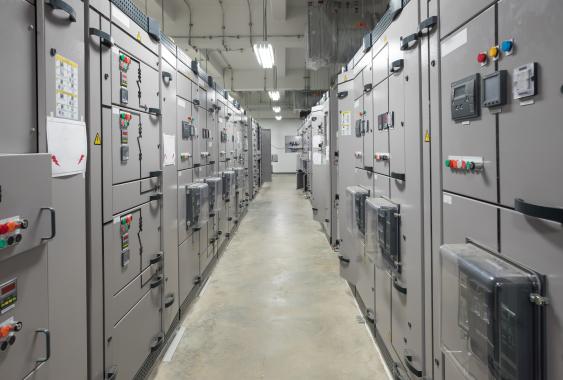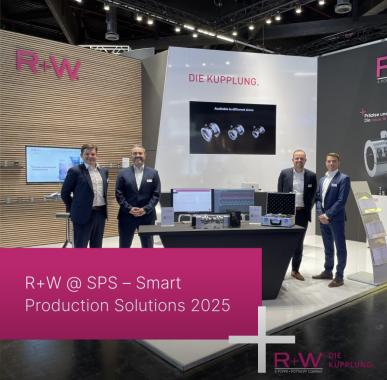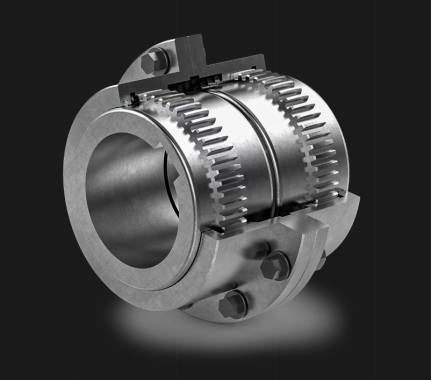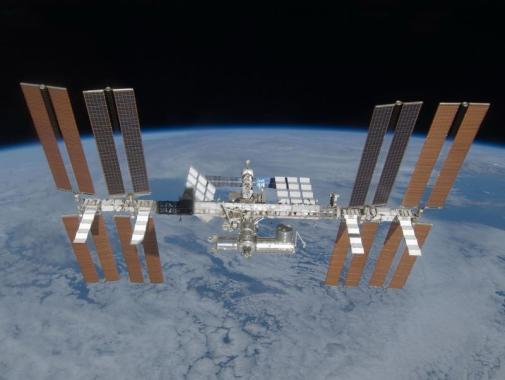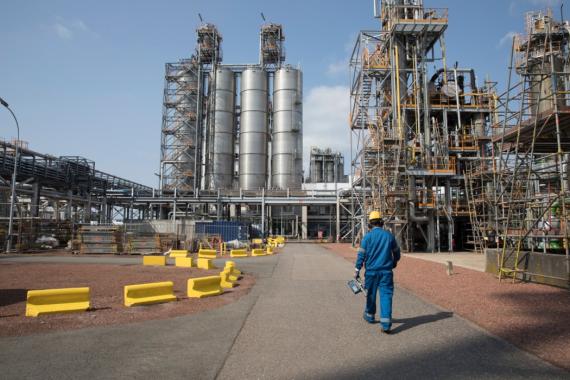Leak detection in oil and gas valves is often a critical issue!

Valves are widely used equipment in industry and are employed in many processes, such as production, transportation and refining.
The need for efficient storage and transportation is a factor driving the market for these valves. From the place of production to the place of consumption, oil and gas must be transported efficiently.
Environmental preservation is another aspect that drives this market. Gas and oil can be dangerous if not handled properly because they are combustible. This is why valves are used to regulate the flow of oil and gas and prevent accidents.
It goes without saying that they must therefore be correctly opened or closed. Failure to do so can result in wasted (energy or pressure), flow disruption and potential downtime.
A problem that is not just economic
Valve failures or leaks are synonymous with financial losses. More serious, they also have dramatic consequences on the safety and quality of production. Without a suitable tool, their periodic verification remains a delicate point.
Ultrasound, a rapid and non-destructive control method
Routine dismantling as a preventive measure is absolutely not appropriate. This strategy proves to be long and costly to finally detect the few leaking valves responsible for the losses. On the contrary, ultrasonic detection with tools such as the SDT340 is the autonomous, fast and above all non-destructive field solution. No need to disassemble, no need to wait for production to stop.
Speed and ease of use
With an SDT detector, such as the SDT340 , control consists of placing a contact sensor at two points: upstream and downstream of the valve. The diagnosis is rapid and immediate, based on the comparison of the 2 measurements. A rise downstream of the valve indicates that it is leaking. Confirmation will be done by listening: the operator will actually hear the leak. Data management is simplified by memorizing measurements and their processing on the UAS3 software with the edition of reports, alarms, forgotten measurement points, patrols.
Our other news
See allJoin the largest community of industrial suppliers
- Helping you with your ongoing technology watch
- Provide you with detailed supplier statistics
- Give you international visibility
Discover the largest catalogue of industrial products on the market
- To offer you the best catalogue of industrial products on the market
- To guarantee you a 100% secure platform
- Enable you to have live remote exchanges


 Français
Français 
